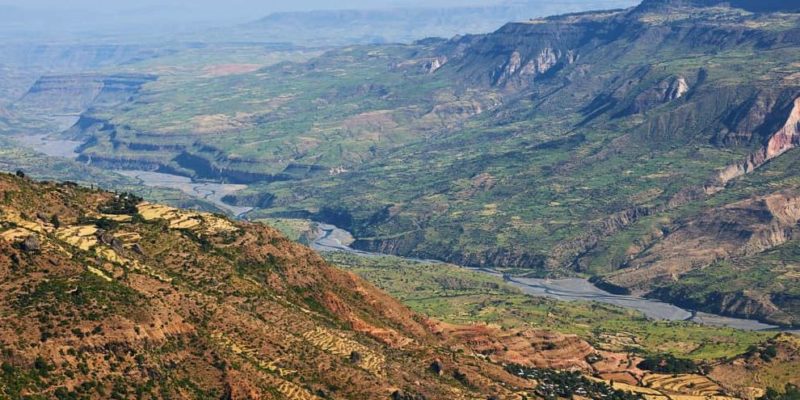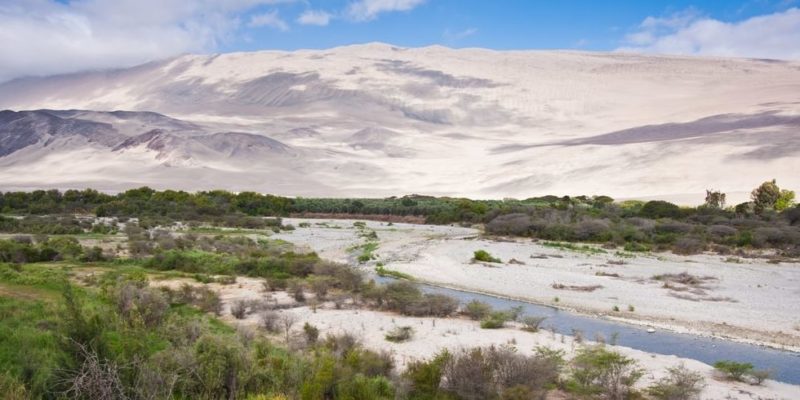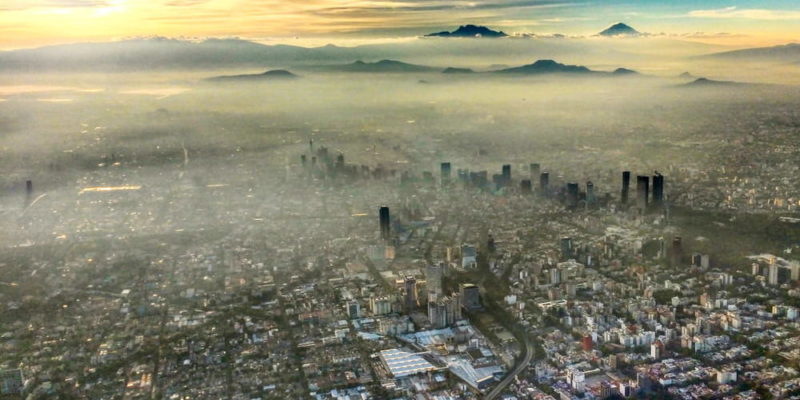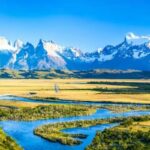We explain what a valley is, the types that exist and what the valleys of Mexico are. Also, what is a valley in physics.

What is a valley?
a valley It is a depression between two slopes or mountains. It is a natural channel of the earth's surface, which slopes towards a stream, lake or body of water. Valley systems extend across plains, hills and mountain systems.
The valley is one of the most common geographical features on the earth's surface and It is formed through the gradual erosion of the land caused by wind and water, along with other agents such as the type of soil, the inclination of the surface or the movement of tectonic plates, which generate depressions with shapes that vary in steepness.
See also: Relief
narrow valleys

The narrow valleys have the shape of a narrow depression with its abruptly inclined sides, also called “V” shaped. They usually form in mountain or high altitude areas where streams have currents that flow at high speed down steep slopes, causing strong soil erosion.
Some examples of narrow valleys around the world are:
- Rift Valley (Africa)
- Cabuérniga Valley (Spain)
- Danum Valley (Malaysia)
- Calchaquíes Valleys (Argentina)
- Valida Valleys (Spain)
wide valleys

Wide valleys are the most common and are characterized by containing streams in their “mature” stage or with calmer currents which accompany the gentle slope of the soil depression that extends over a wide or vast base of the valley.
Over time, the meandering stream erodes the surrounding floor of the valley, causing it to widen even further.
Some examples of wide valleys around the world are:
- Nile River Valley (Egypt)
- Acari Valley (Peru)
- Aburrá Valley (Colombia)
- Matamorros Valley (Mexico)
Valleys of Mexico

The great valley of Mexico is a plateau surrounded by volcanoes and mountains, located about 3,000 meters above sea level. The soil is characterized by being fertile and the climate is temperate with abundant rainfall.
The valley covers Mexico City (one of the largest metropolitan populations in the world), in a region where the Aztec civilization once developed.
The contemporary valley of Mexico has acquired an urban and modern appearance. The metropolitan area (which includes the areas with the highest population density) and the surrounding suburbs have a population of approximately 22 million inhabitants.
The drainage of the valley is supplied by the Tula and Panuco rivers which flow into the Gulf of Mexico. In 1951 the drainage system was streamlined with the opening of a tunnel in Tequixquiac that, through a system of tunnels, allowed water to be diverted to the Tula River and supply drinking water and hydroelectricity to the Federal District.
The Anáhuac valley is one of the four that make up the valley system, along with Cuautitlán, Apán and Tizayuca. It is often confused with the endorheic basin of Mexico, whose rivers have no fluvial outlet. Through an engineering work, the water is conducted from the Anáhuac region to the Tula River and manages to flow into the Gulf of Mexico.
The habitat and biodiversity of the Valley of Mexico are unique with abundant grasslands, scrubland areas and pine and oak forests. There are many endangered animals in this valley (especially several species of birds), as well as rabbits, skunks, opossums and lizards.
One of the reasons why the environment is increasingly degraded is due to residual water, a product of municipalities and industrial waste that is rapidly contaminating rivers and agricultural lands. This critical situation is aggravated by the intense deforestation of forests.
Valley in physics

From physics, the word “valley” is related to the length, frequency and period of the movement of a wave. The valley is the lowest point of the equilibrium position of a wave. Its opposite, that is, the highest point of the wave, is called the “crest.” Wave motion can be produced in water, with an oscillating string, or by a sound.
Continue with: Mountain range
References
- “What and where is the valley of Mexico” in World Atlas.
- “Mexico” in Encyclopedia Britannica.
- “Valley of Mexico” in Wikipedia.
- “Waves: Length, frequency and period” at UNAD México.
- “What is the valley in physics” in Brainly.





